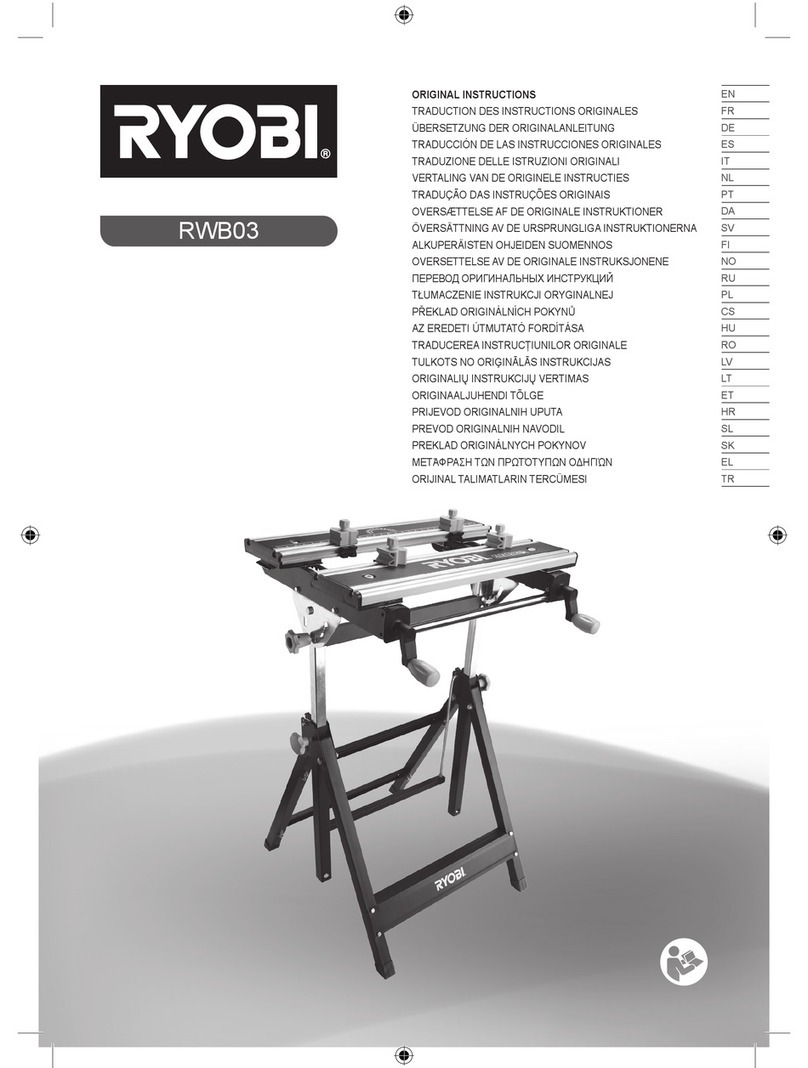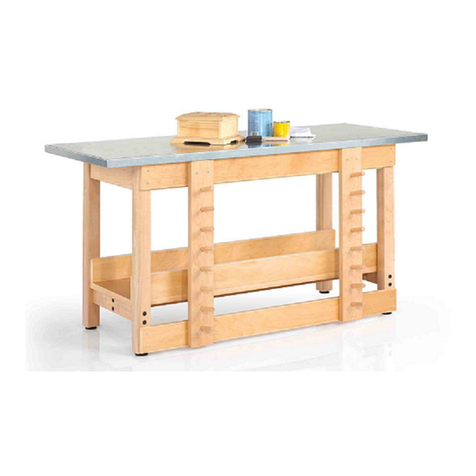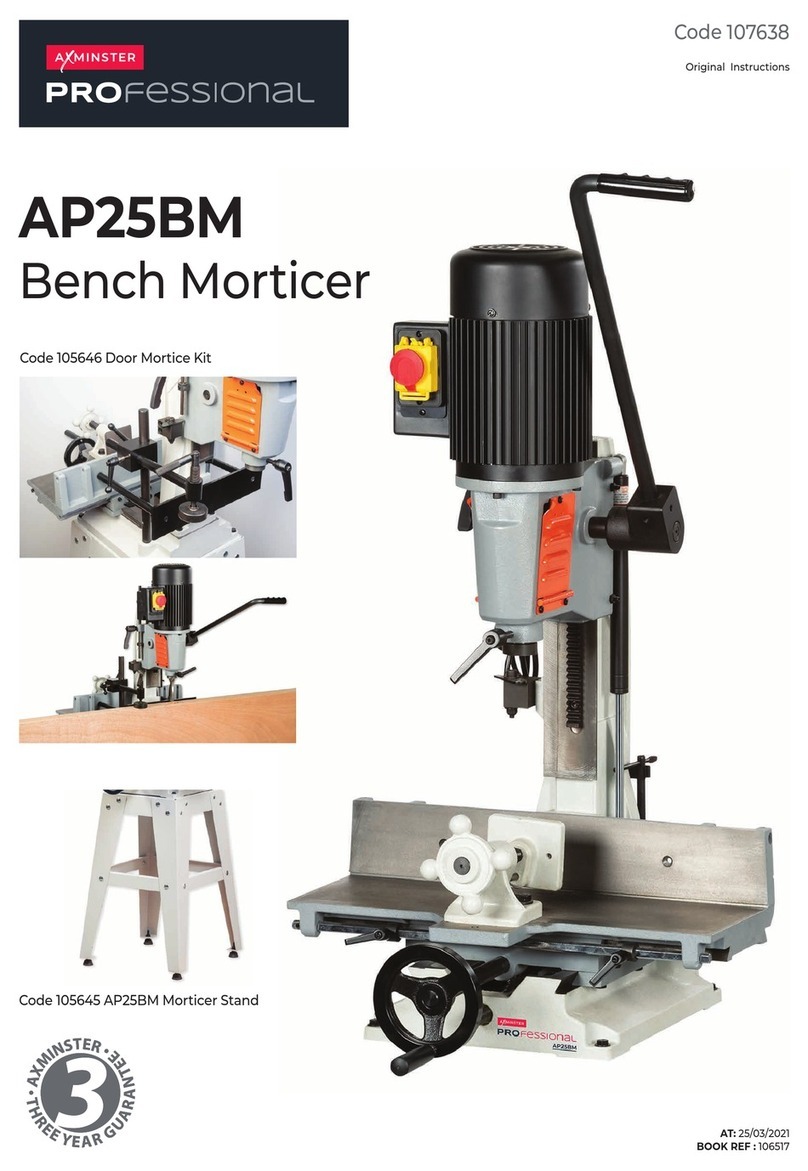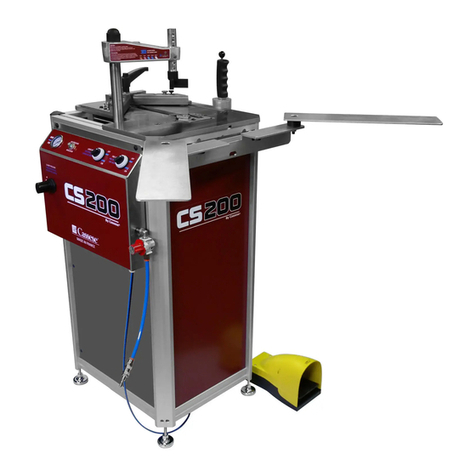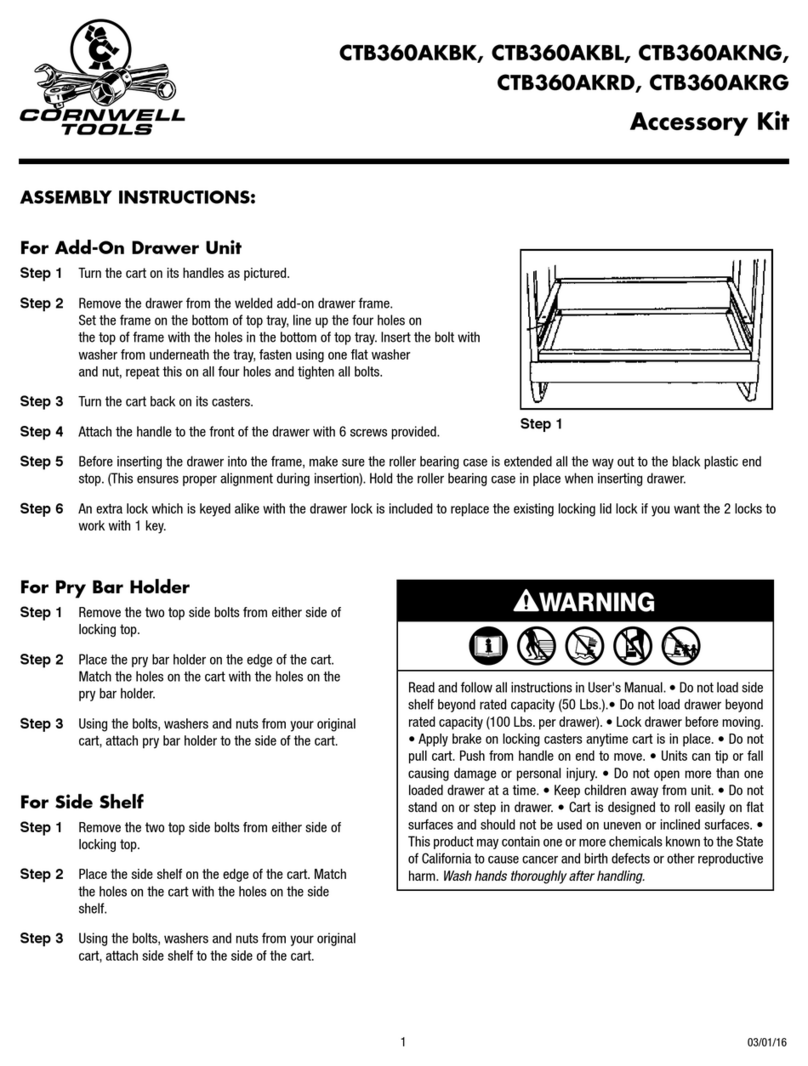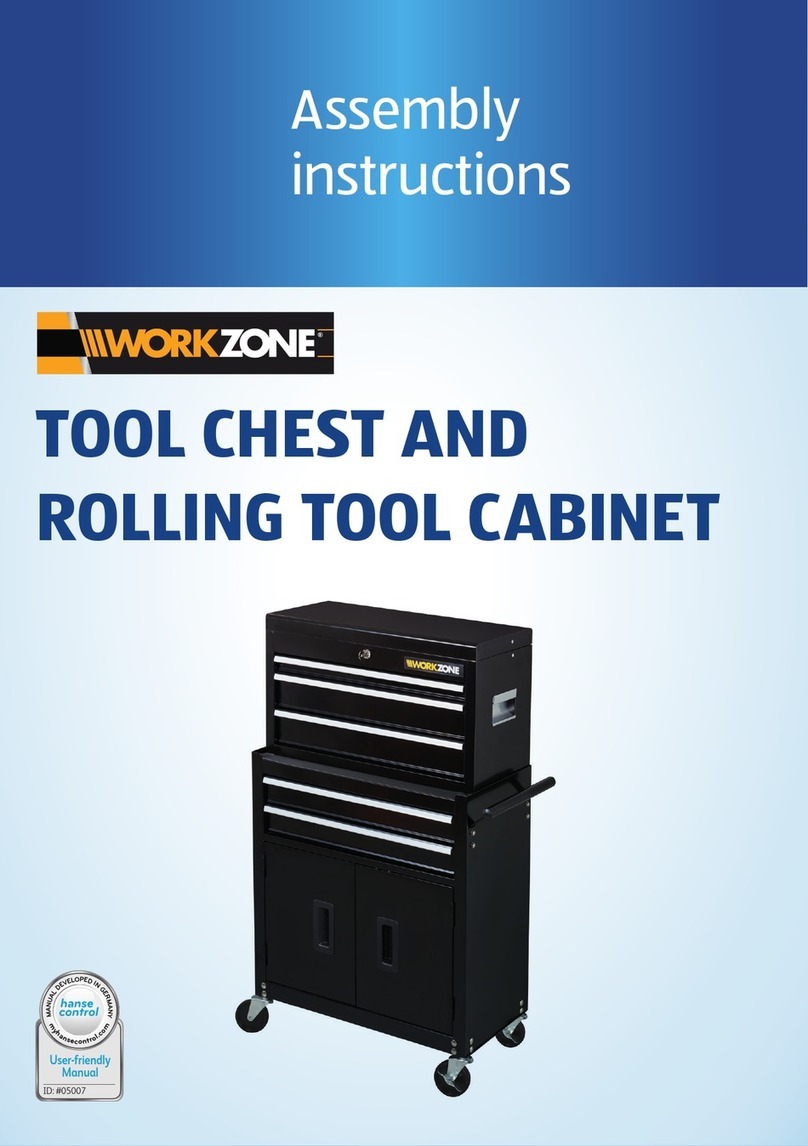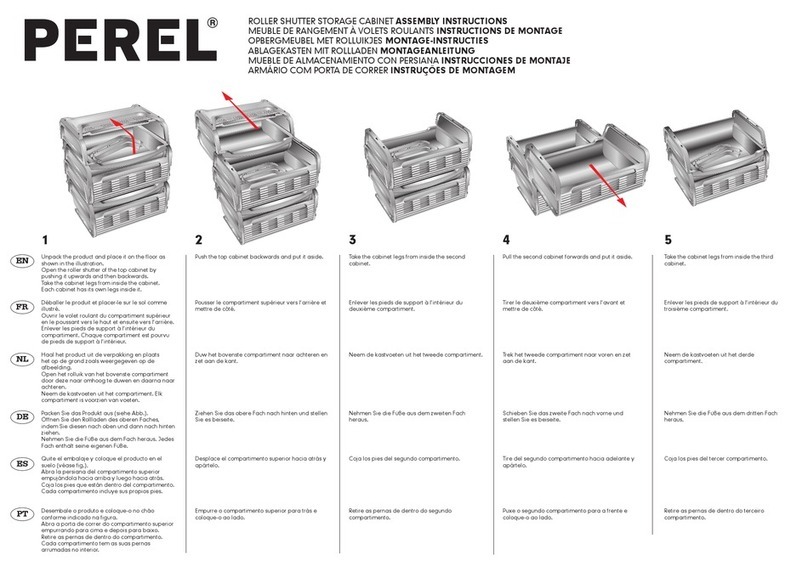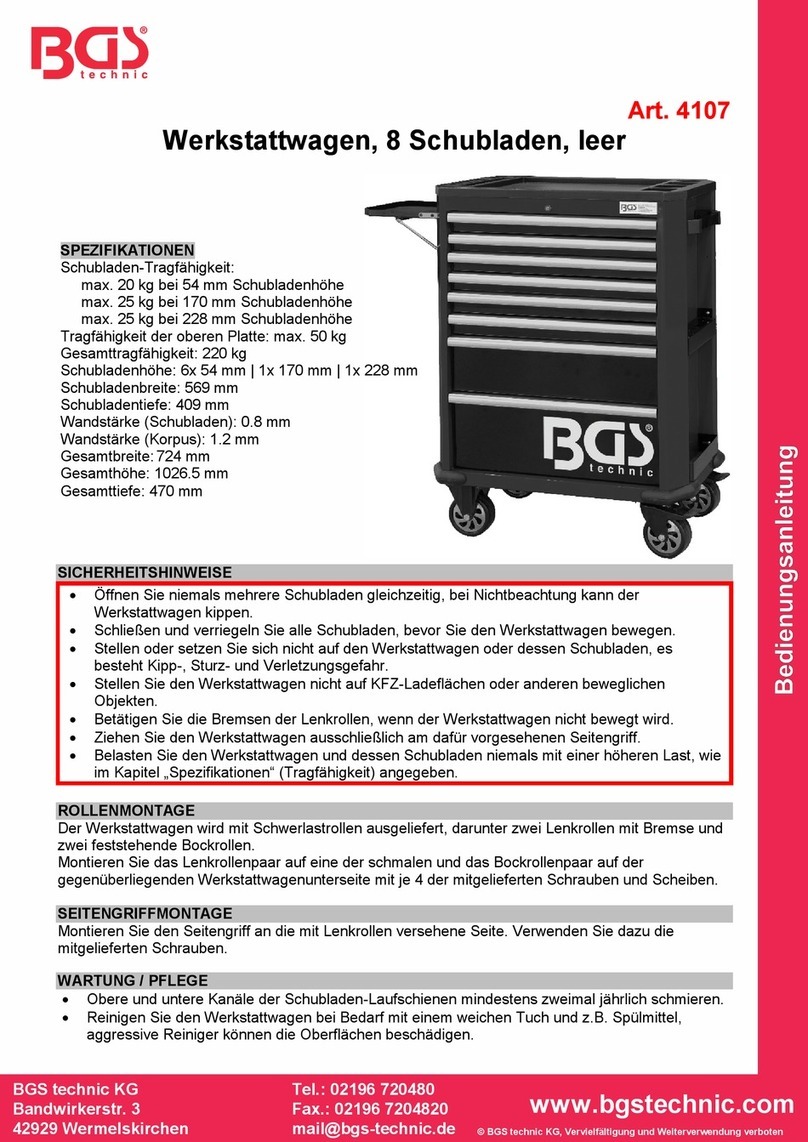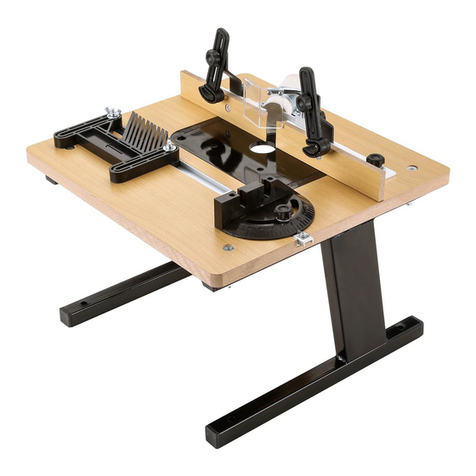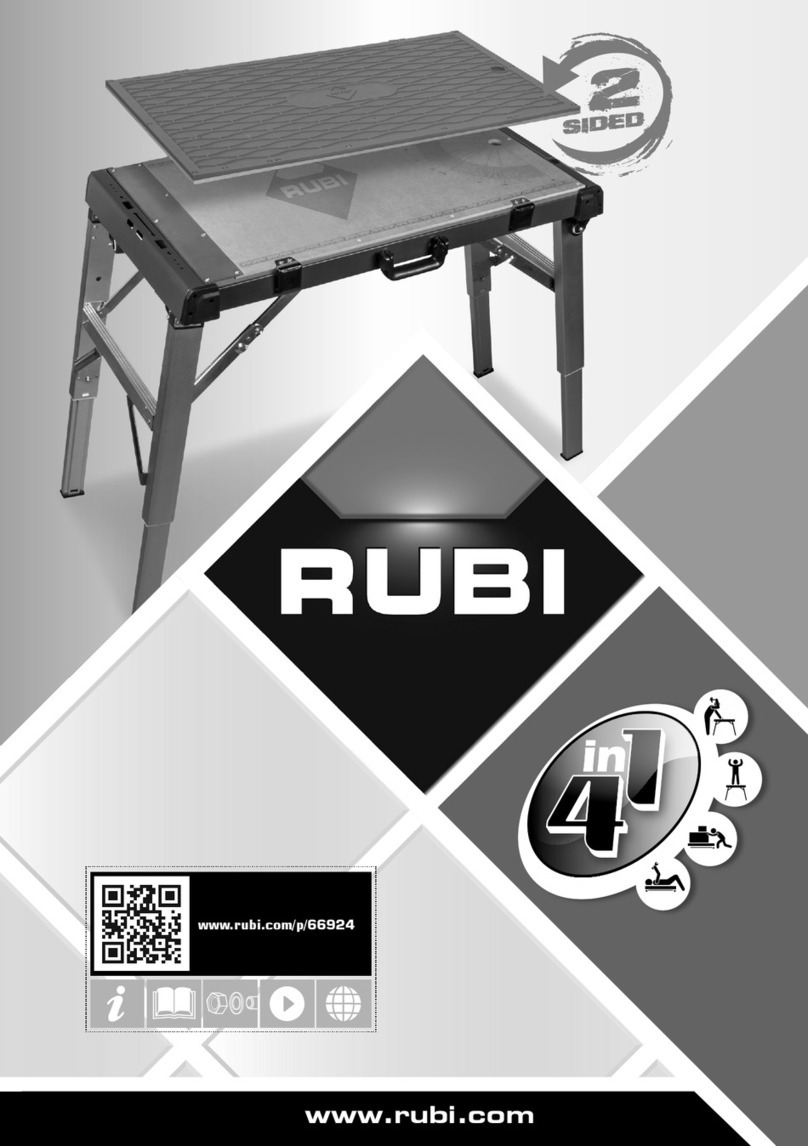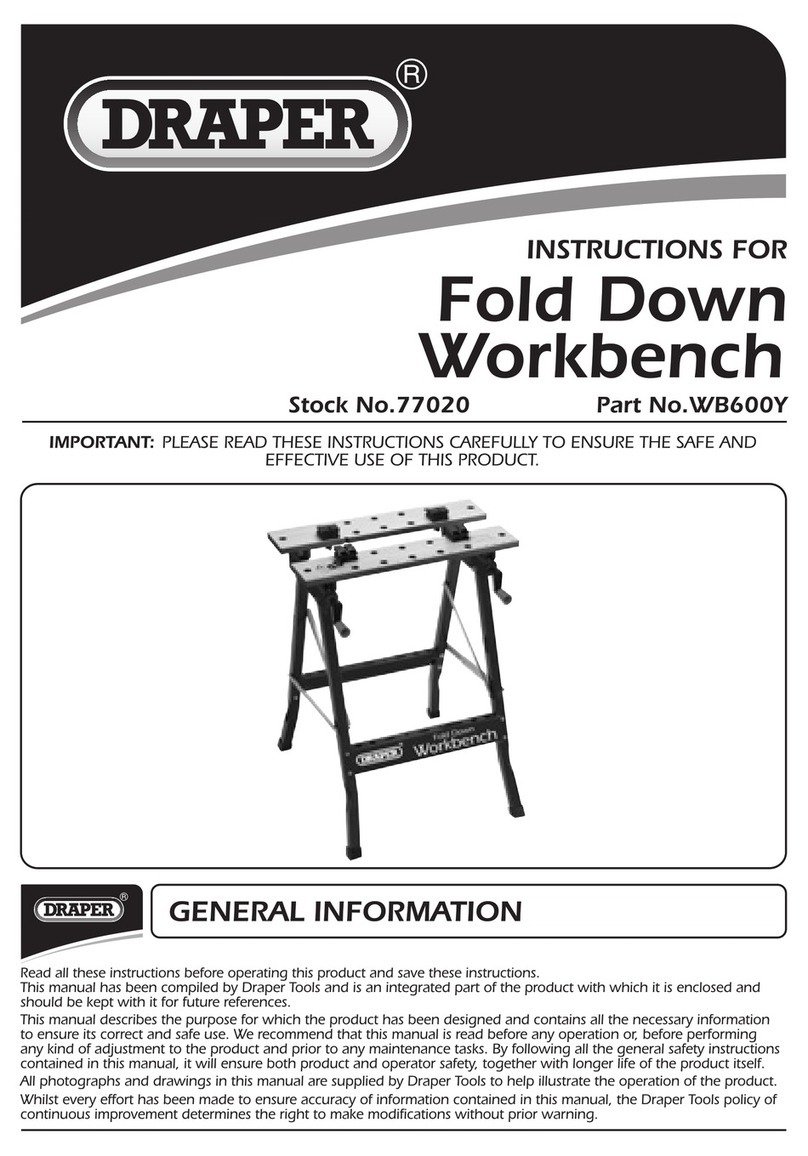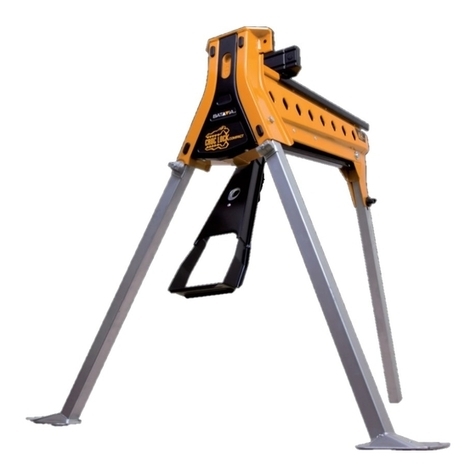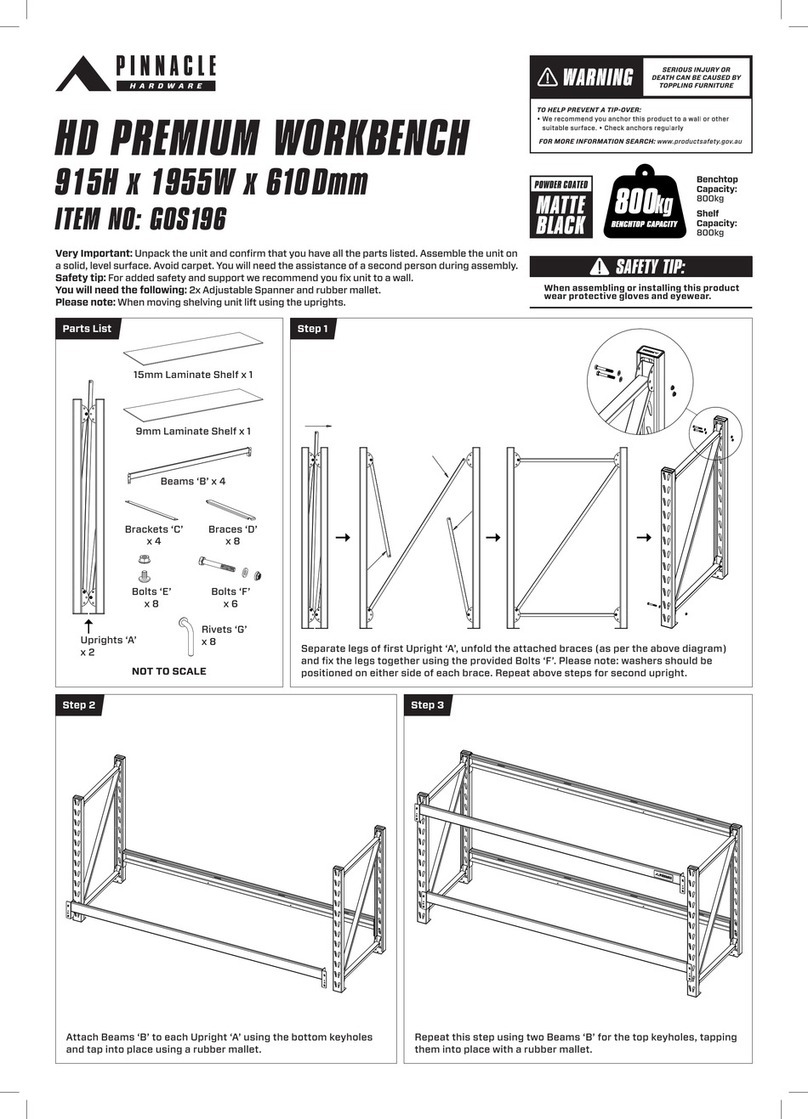
SAFETY
4
ALWAYS REMEMBER TO DISCONNECT THE POWER TO THE TABLE SAW
WHEN MAKING REPAIRS OR ADJUSTING BLADES AND GUARDS.
ALWAYS REMEMBER TO READ THROUGH THE MACHINE INSTRUCTIONS SUPPLIED.
• Eye and ear protection are required when operating a
Table saw. Dust extraction & respiratory PPE are highly
recommended.
• Do not wear gloves, loose clothing, jewellery, or any
dangling objects when operating a Table saw.
• Do not allow children to operate the machine.
• At all times all guards must be in place and fully
operational. If a guard seems to be missing or
damaged, adjust, replace or repair immediately.
• A riving knife MUST be used at all times when
performing through cuts and must be positioned
correctly.
• Ensure that the Rip fence is correctly aligned to the
blade to help prevent the risk of timber kick back.
• Never perform “free hand” cuts, a rip fence or mitre
cross cut fence should always be used.
• Never pull the timber through the blade from the rear
of the machine, always push through from the front.
• Disconnect the power to the Table saw when making
repairs or adjusting blades and guards.
• Hands and fingers must be kept clear of the blade,
always use push sticks when feeding smaller pieces into
the blade.
• Use only the recommended blade size and type for the
machine - see page (20) for recommendations.
• Ensure all blades are sharp and in good condition.
• Never cut pieces smaller than the table insert size.
• Long material should be supported at the same height
as the saw table.
• To avoid contact with a coasting blade, do not reach into
the cutting area until the blade comes to a full stop.
• Make sure the blade is not in contact with the material
when you start the saw.
• Never leave the machine unattended when it is running.
•Keep the table top & surrounding work area free from
excessive dust and debris to help prevent slipping or
tripping.
• Maintain a balanced stance at all times so that you do
not fall or lean against the blade or other moving parts.
Do not overreach or use excessive force to perform any
machine operation.
• The most common accidents among table saw users,
according to statistics, can be linked to kickback, the
high-speed ejection of timber from the table saw that
can strike the operator. Kickback can also result in the
operator’s hands making contact with the blade.
• Tips to avoid the most common causes of kickback:
• Make sure the riving knife is always aligned with the
blade. A workpiece can bind or stop the flow of the cut
if the riving knife is misaligned, and result in kickback.
• Use a riving knife during every cut. The riving knife
maintains the kerf in the workpiece, which will reduce
the chance of kickback.
• Never attempt freehand cuts.
• The workpiece must be fed parallel to the blade,
otherwise kickback will likely occur. Always use the rip
fence or mitre gauge to support the workpiece.
• Make sure that the rip fence is parallel to the blade. If
not, the chances of kickback are very high. Take the time
to check and adjust the rip fence.
• Feed cuts through to completion. Anytime you stop
feeding a workpiece that is in the middle of a cut, the
chance of binding, resulting in kickback, is greatly
increased.
Kickback
Kickback Prevention
The following is a list of safety precautions you must consider when using a Table saw:


